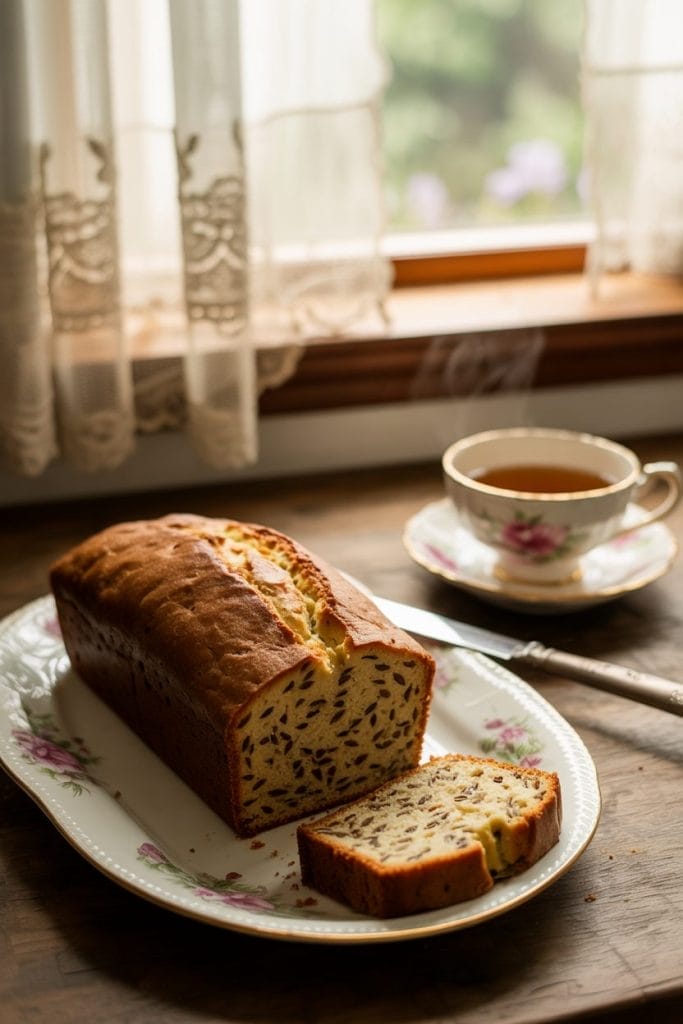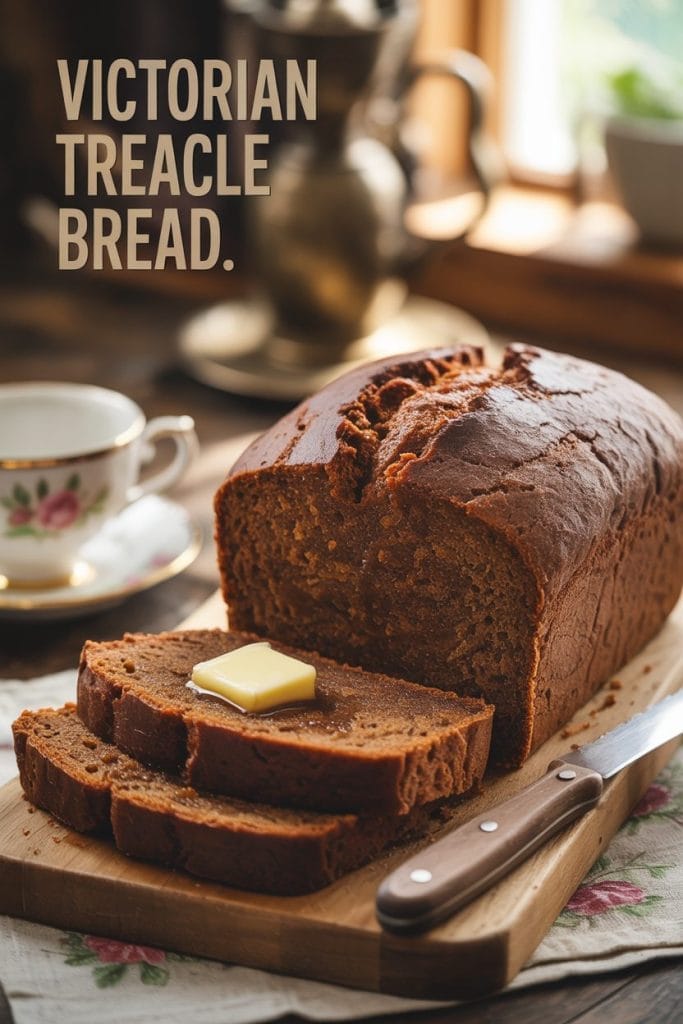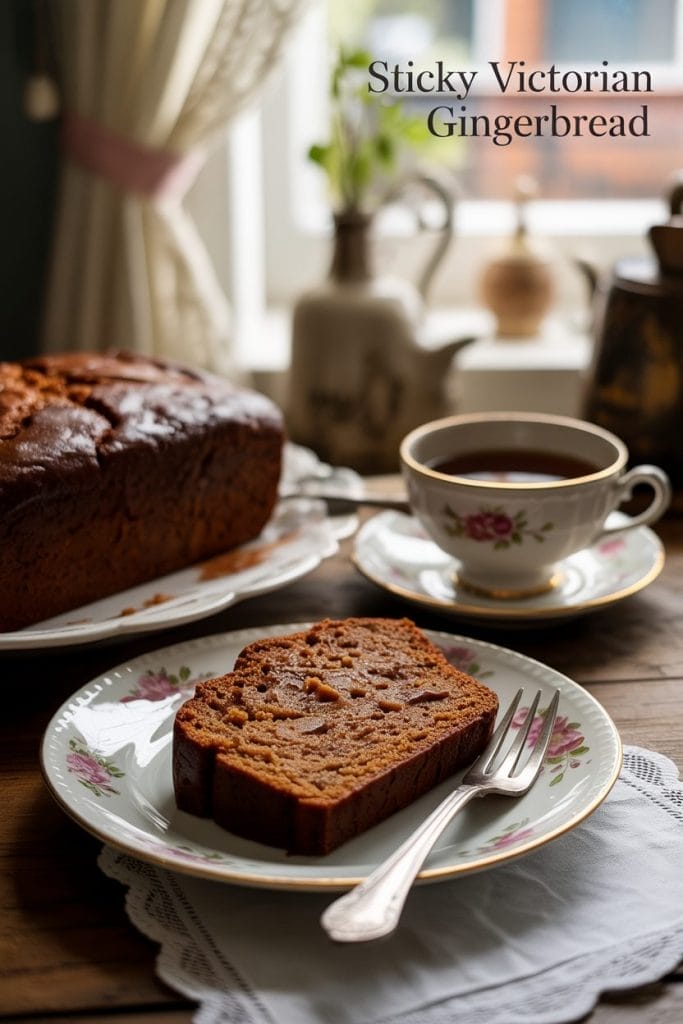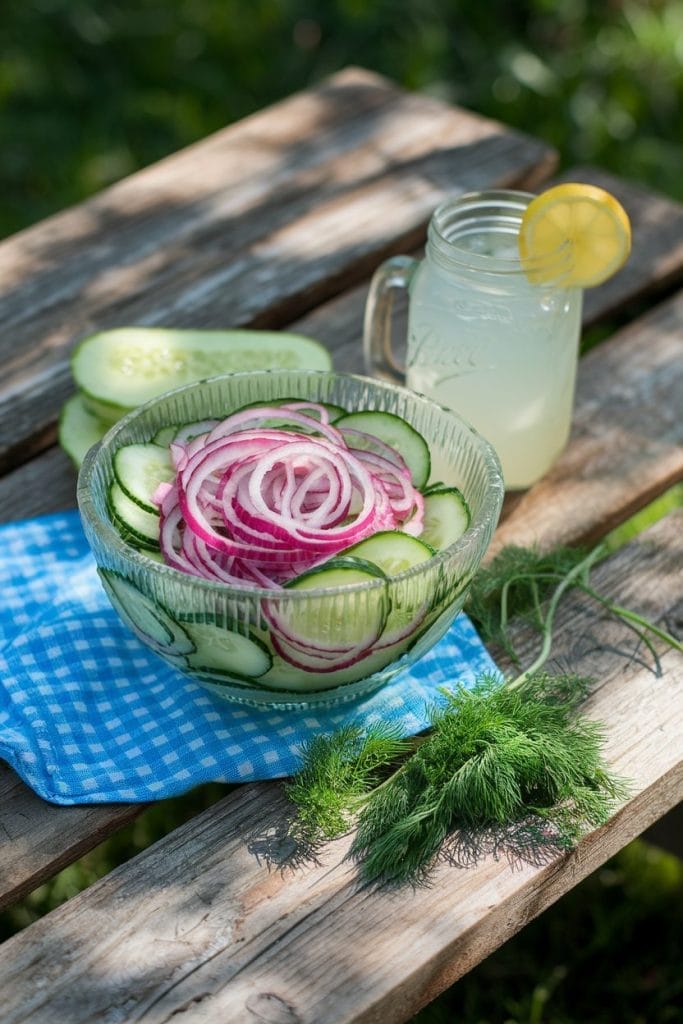Home > Single Recipes > Colonial Shrewsbury Cakes: A Sweet Taste of 18th Century Tea Time
Last Updated: March 3, 2025
I Made These FREE Vintage Recipe Tools JUST For You
This recipe was created with help from AI tools and carefully reviewed by a human. For more on how we use AI on this site, check out our Editorial Policy. Classic Fork earns a small commission from Amazon and other affiliate links at no extra cost to you, helping us keep our content free and honest.
Colonial Shrewsbury Cakes: A Sweet Taste of 18th Century Tea Time
Time Period:
Meal Type:
Cooking Time: 15 minutes
Prep Time: 15 minutes
Total Time: 30 minutes
Servings: 24 cookies (approx.)
Calories: 120 calories per cookie
If you’ve ever wanted to taste history, Shrewsbury Cakes offer a delicious bite straight from the colonial era. These crisp, buttery cookies were beloved both in England and colonial America, often served at afternoon tea or alongside a simple glass of wine.
With a rich history and simple ingredients, Shrewsbury Cakes make the perfect treat for modern history buffs and bakers alike.

What Would You Cook in Wartime?
Step back in time and discover what you could make with limited wartime rations
History
Shrewsbury Cakes date back to the 16th century, originating in Shrewsbury, England. Their popularity spread across the Atlantic, becoming a staple in colonial America. Early American cookbooks, including Amelia Simmons’ “American Cookery” (1796), mentioned variations of these delightful treats.
They were favored for their long shelf life, making them ideal for travelers and families preparing for winter.
With a buttery crumb, a touch of spice, and the flexibility to incorporate citrus zest or nutmeg, Shrewsbury Cakes became a versatile snack perfect for both formal gatherings and casual nibbling.
Equipment
- Large mixing bowl (I love this mixing bowl set)
- Whisk or wooden spoon (Love environmet & style? Get this bamboo spoon set)
- Rolling pin
- Baking sheet
- Parchment paper
- Round cookie cutter (2-inch diameter)
- Cooling rack
Ingredients
- 2 cups all-purpose flour
- 1 cup unsalted butter (softened)
- 3/4 cup granulated sugar
- 1 large egg
- 1 teaspoon grated lemon zest (optional)
- 1/2 teaspoon ground nutmeg (optional)
- 1/4 teaspoon salt
- 1/2 teaspoon rose water (optional, for authentic colonial flair)

Instruction
Step 1: Cream Butter and Sugar
In a large mixing bowl, cream the softened butter and sugar together until light and fluffy. Use a wooden spoon or whisk to combine, mimicking the hand-mixing techniques of colonial kitchens.
Step 2: Incorporate Egg and Flavorings
Add the egg, lemon zest, and rose water (if using) to the butter mixture. Stir until fully blended. In colonial times, rose water was a common flavoring agent, giving baked goods a delicate floral touch.
Step 3: Combine Dry Ingredients
In a separate bowl, whisk together the flour, salt, and nutmeg (if using). Slowly add the dry mixture to the wet ingredients, stirring until a soft dough forms.
Step 4: Roll and Cut Dough
Transfer the dough to a lightly floured surface. Roll it out to about 1/4-inch thickness. Use a round cookie cutter to cut out circles. Historically, the cakes were often cut into simple shapes, making them easy to store.

Step 5: Bake
Place the cut dough onto a parchment-lined baking sheet, leaving about 1 inch between each. Bake at 350°F (175°C) for 12-15 minutes, or until the edges turn a light golden brown.
Step 6: Cool and Serve
Transfer the cakes to a cooling rack and allow them to cool completely. These cookies firm up as they cool, creating the perfect crisp texture enjoyed by both colonists and modern cookie lovers.
Special Notes
- Authentic Touch: For a true colonial-era flavor, don’t skip the rose water. It adds a subtle floral note that was highly prized in 18th-century baking.
- Flavor Variations: Substitute lemon zest with orange zest, or add a sprinkle of cinnamon for a warmer flavor.
- Storage: Shrewsbury Cakes keep well for up to 2 weeks in an airtight container, making them ideal for meal planning or gifts.
- Pairing: These cookies were often enjoyed with cider, wine, or tea, making them a perfect companion to modern teatime.
Nutrition (Per Cookie)
| Nutrient | Amount |
|---|---|
| Calories | 120 |
| Total Fat | 7g |
| Saturated Fat | 4g |
| Carbohydrates | 13g |
| Sugars | 6g |
| Protein | 1g |
| Sodium | 35mg |

Maggie Hartwell
Hi there, I’m Maggie Hartwell, but you can call me Maggie—the apron-clad foodie behind Classic Fork! I created Classic Fork because I’m convinced food has a way of telling stories that words can’t. So, grab a fork and dig in. The past never tasted so good!






